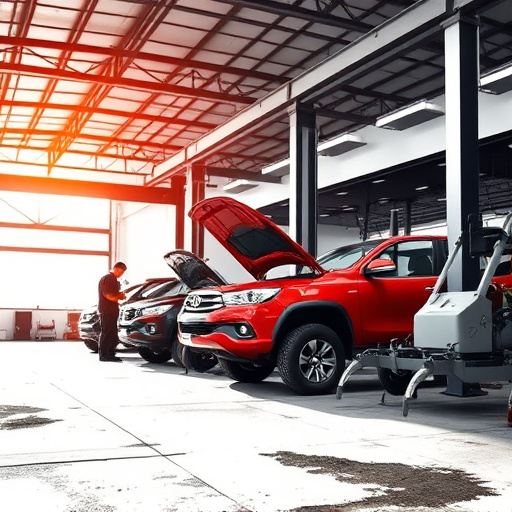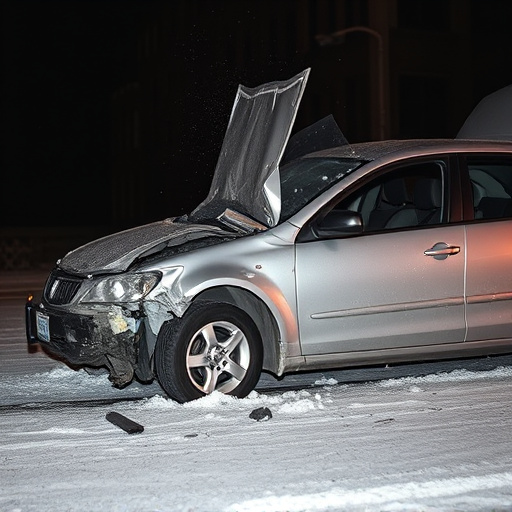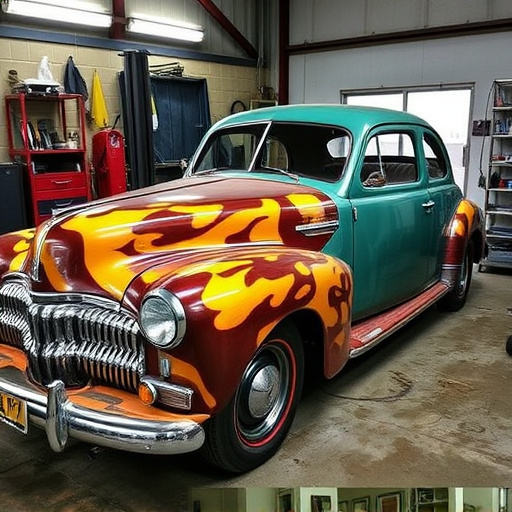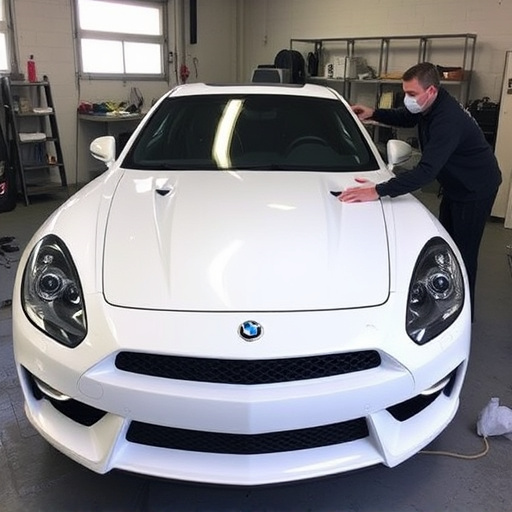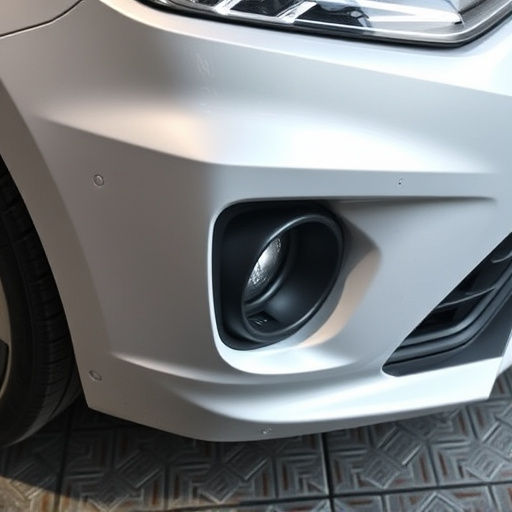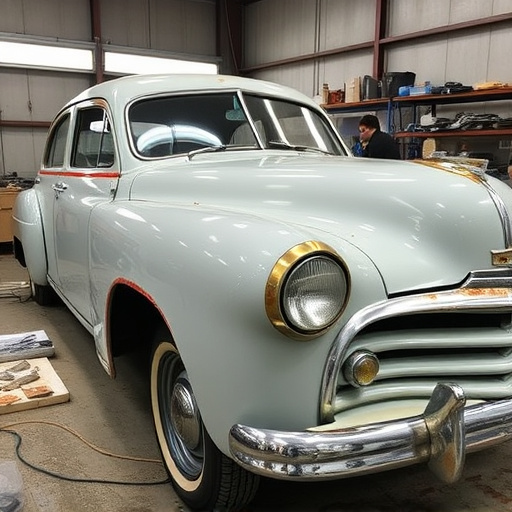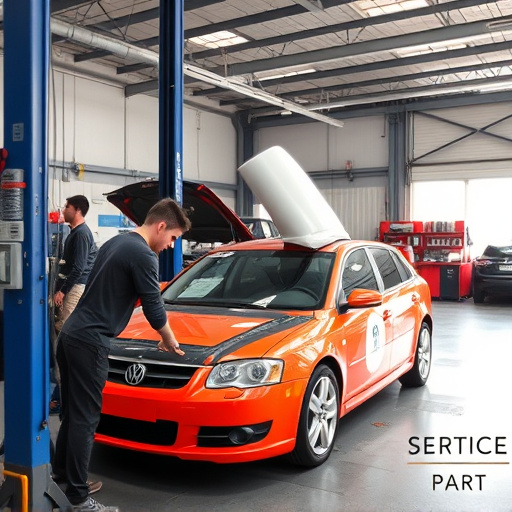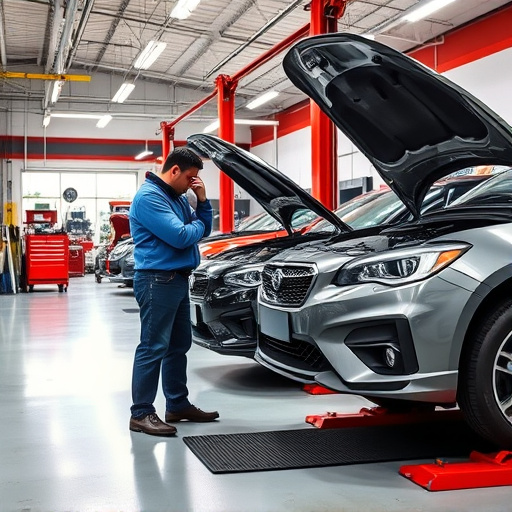Skilled technicians assess vehicle damage post-accident, creating a tailored repair plan aligned with industry best practices for auto body repair process. Combining technical skill and artistic touch, they employ diverse techniques, from dent removal to complex structural repairs, achieving flawless finishes, precise color matching, and seamless panel alignment using advanced equipment and computer-aided technologies. After painting, stringent quality control ensures pristine vehicle condition before departure, guaranteeing reliable and aesthetically pleasing repairs through final inspection.
The duration of an auto body repair process can vary widely depending on several factors. From assessing damage and creating a tailored plan to employing advanced repair techniques and achieving precise aesthetic restoration, each stage plays a crucial role. Understanding this multi-step process is essential for vehicle owners seeking repairs. This article delves into the key phases, from initial damage assessment to final quality control inspection, providing insights into what to expect during the auto body repair process.
- Assessing Damage and Creating a Plan
- Repair Techniques and Esthetic Restoration
- Quality Control and Final Inspection
Assessing Damage and Creating a Plan
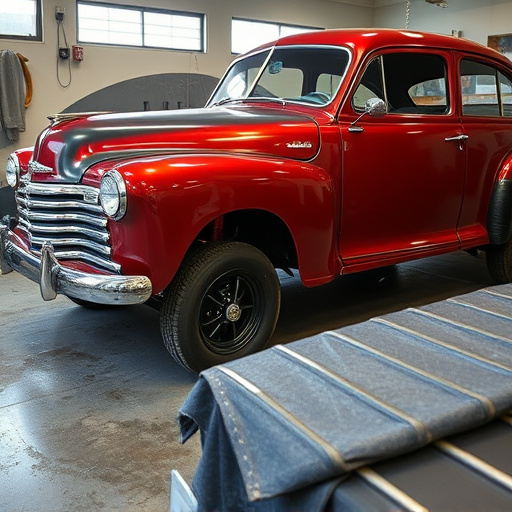
The first step in any auto body repair process is a meticulous assessment of the vehicle’s condition following an accident or damage. This critical phase involves skilled technicians examining every aspect of the car, from exterior panels to internal components. They meticulously document all visible and potential hidden damage, including dents, scratches, cracked glass, and any mechanical issues that may have been triggered by the incident.
Once the extent of the collision damage repair is established, a comprehensive plan is devised. This strategic approach ensures that every repair and replacement is tailored to the specific needs of the vehicle, optimizing both the structural integrity and aesthetic appeal of the auto body. The plan encompasses everything from replacing or repairing dented panels and damaged finishes to realigning bent frames and ensuring proper alignment, ultimately determining the timeline for the entire auto body repair process.
Repair Techniques and Esthetic Restoration

The auto body repair process involves a meticulous blend of technical expertise and artistic precision to restore vehicles to their pre-incident condition. After assessing the damage, skilled technicians employ various repair techniques tailored to the specific needs of each vehicle. These methods range from simple dent removal and painting to complex structural repairs, ensuring every detail aligns with the car’s original design.
Esthetic restoration is a critical aspect that sets apart exceptional automotive body shops. Beyond structural integrity, these professionals focus on achieving flawless finishes, color matching, and seamless panel alignment. Advanced equipment and computer-aided technologies play a pivotal role in this process, enabling precise measurements and ensuring every repair meets the highest standards of quality and appearance. Whether it’s an auto glass replacement or more intricate work, the ultimate goal is to deliver a vehicle that not only drives but also looks as good as new, enhancing the overall customer experience at reputable car repair shops.
Quality Control and Final Inspection
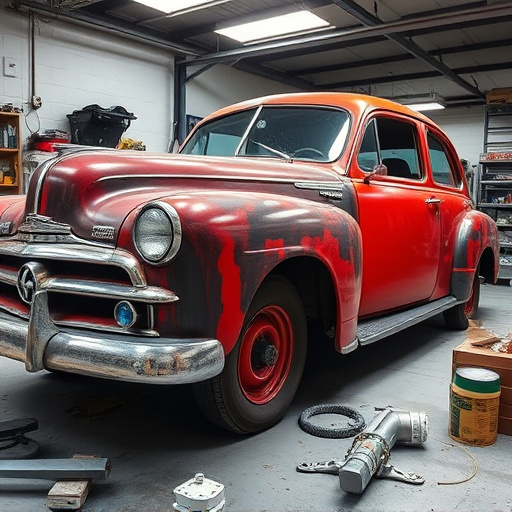
After the painting phase, the auto body goes through a rigorous quality control and final inspection process. Skilled technicians meticulously examine every detail, ensuring the paint job is flawless and aligns with industry standards. They check for any imperfections, such as touch-up work needed on spots that didn’t receive adequate coverage or areas where the paint may have bubbled or cracked. This meticulous attention to detail guarantees that when the car leaves the shop, it meets the highest quality criteria.
During this phase, various tools and techniques are employed to assess the overall condition of the auto body repairs. This includes using high-powered lights to detect any underlying issues beneath the paint surface, ensuring the repair work is sound and durable. The final inspection is a crucial step in the auto body repair process, as it determines the successful completion of the car bodywork services, assuring clients that their vehicles are safe and ready for the road again, provided with reliable and aesthetic car repair services.
The auto body repair process involves several meticulous steps, from assessing damage and creating a tailored plan to employing advanced repair techniques for perfect aesthetic restoration. After careful work, rigorous quality control checks ensure the final outcome meets high standards. Understanding these phases empowers car owners to expect a thorough, efficient, and precise transformation, revitalizing their vehicles to like-new conditions.
